Are you planning a trip to Sainj Valley or Shangarh village? This detailed travel guide will help you plan a memorable trip to these offbeat places of Himalayas.
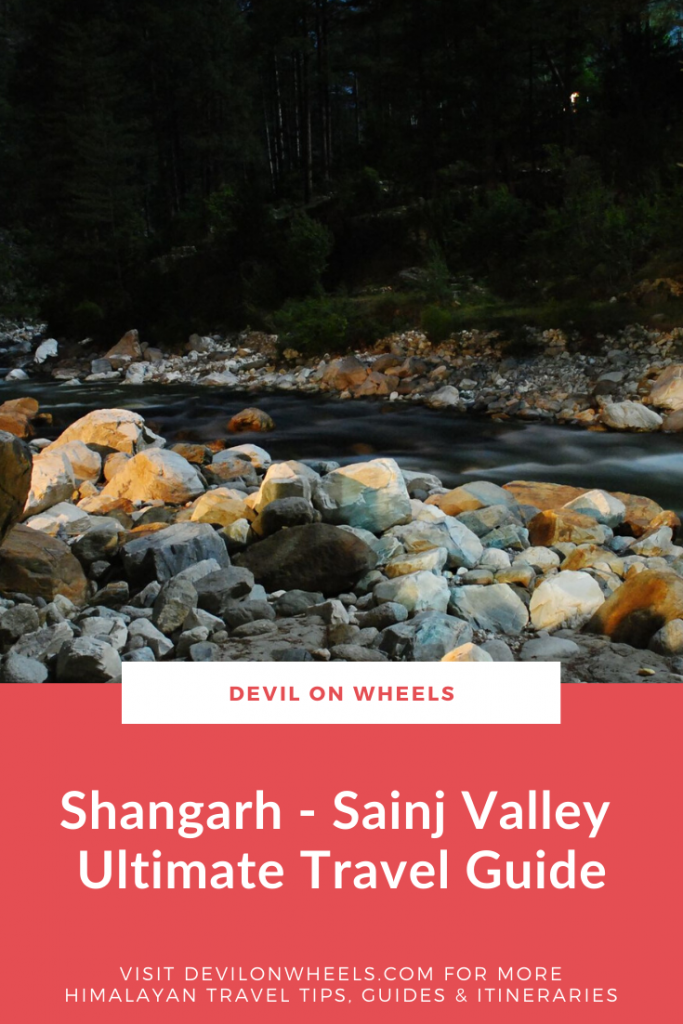
Sainj Valley is a beautiful wonderland nestled 45 km from Kullu in Himachal Pradesh! If you’ve never heard of the place before, you’re not the only one. The valley starts fairly close to the river at around 1233 meters in height. Sainj Valley is also known by a relatively popular place called Shangarh as well.
Sainj is the perfect rebuttal to those who claim that Himachal Pradesh is overtly touristy, and there are no off-beat places left to explore! Untouched by modern-day tourism, Sainj is where you go to meet travelers, not tourists, and interact with the locals, all the while soaking in the views.
The valley is situated along the Sainj River and lies on the foothills of the Great Himalayan National Park. Thus, the villages in the valley are protected under the Wildlife Protection Act.
Let's quickly dive into the details:
Great Himalayan National Park
Great Himalayan National Park has been carved out in the Kullu Valley over an area of 1171 sq Km. The Park, acting as an ecological bridge, flows through varying altitudes of 1500-6000 meters, representing a wide array of natural wonders – alpine, glacial, temperate, and subtropical!
It is essential to Pin Valley National Park and Rupi Bhabha Wildlife Sanctuary, all the while providing drawn-out wildlife corridors, in addition to the buffer areas of Sainj and Tirthan wildlife sanctuaries. The GHNP is the residence of over 375 fauna species, which protects them under the Wildlife Protection Act. This park has acquired World Heritage status in 2014 all due to its outstanding significance for biodiversity conservation.
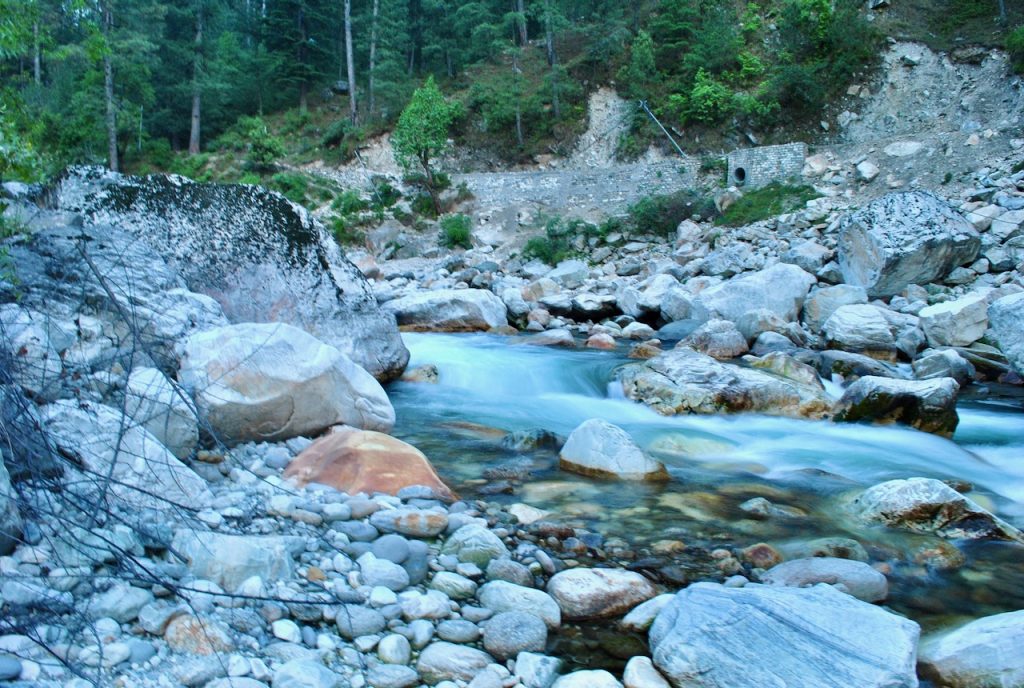
About Sainj Valley
While the proximal valley of Tirthan is still known and considered offbeat, Sainj is just beginning to pick up on popularity, especially amongst the nature lovers and trekkers! If your wanderlust for this Himalayan spectacle has kicked in, let’s explore all things Sainj!
Why visit Sainj Valley or Shangarh Village?
Shangarh or Sainj offers insanely gorgeous views, beautiful meadows, seclusion and isolation from the world – all the while nestled in the lap of Himalayas. With plenty of treks and trails to explore and a population that is exceptionally sweet and helpful – Sainj is the perfect offbeat experience waiting to happen. If these are not reasons enough, I don’t know how else to convince you. 🙂
Geography
Sainj River is a tributary of Beas, and the valley begins right at the confluence of the tributary with the river. At the confluence lies Larji, which lies on the state highway itself. The route from the highway leads up to the tiny hamlet of Aut, located at an approximate distance of 18 km on Delhi to Manali road. The road connecting to Sainj Village is in decent condition. Once you’ve reached Aut, you’re now deep in the valley.
Although the views are marred by the hydroelectric power project in Sainj Village upon entry, you’ll soon be mesmerized with the scenery once you cross the power project. By the time you reach Neuli, you’ll have long forgotten about the human-made wonder. The deeper you move into the valley, the views become greener, the river becomes cleaner, and the air is crisper!
Distance Chart
| Aut to Sainj | 18 Km |
| Aut to Neuli via Sainj | 27 Km |
| Sainj to Ropa | 7 Km |
| Ropa to Shangarh | 10 Km |
| Sainj to Dehuri | 10 Km |
Culture & History
With any isolated, far-flung place, there are a lot of unique traditions you get to witness and learn. For example, in Sainj, it is a tradition that every newlywed bride is adopted by a villager, after which they share a bond of brother and sister. What a wonderful thought, what a wonderful way to bond the entire community as a family!
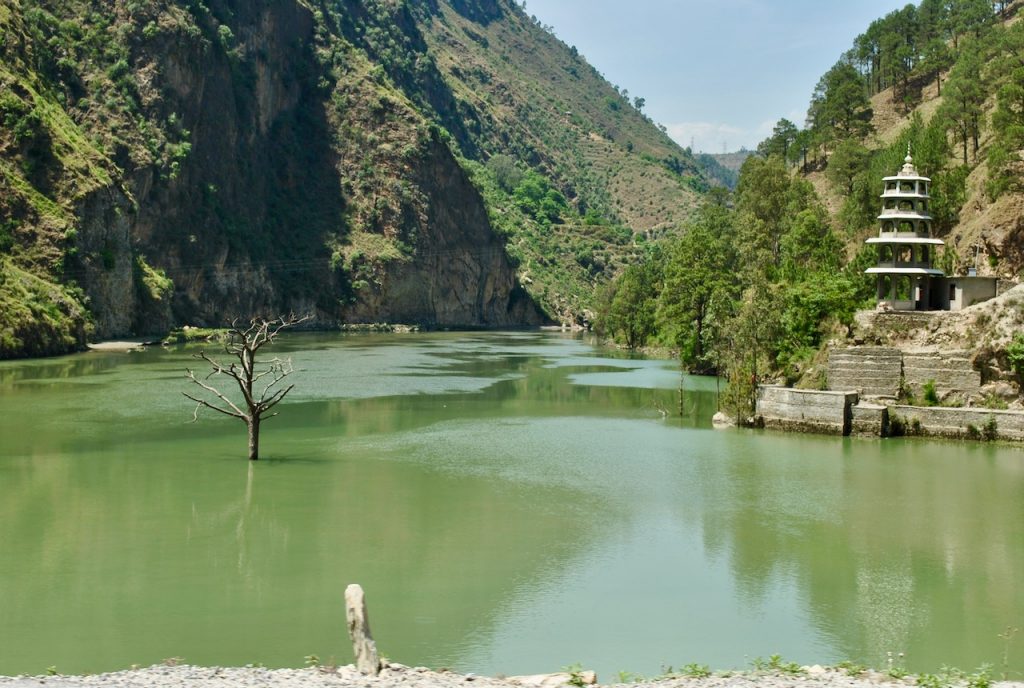
Shangarh – Sainj Valley Weather
Typical to the Himalayan settlements at similar heights, Sainj Valley temperature is beautifully pleasant throughout the year. While January and February start with a bang and provide stunning views of snow-capped mountains, the subsequent months are far more pleasant with an easy flowing chilly breeze! The monsoon months that follow experience torrential rainfall and the weather turns crisper as a winter months’ approach.
The winter months experience a high of around 17 degrees with a low touching -5 degrees. Comparatively, summer months experience a max temperature of around 30 degrees and a minimum of 14 degrees.
Best time to visit Sainj Valley
Although you can visit the valley at any time of the year, it is advisable to avoid the heavy monsoon months from July-August. With the isolation of the valley, it can be difficult to attain help if ever required. Landslides and flash floods get common during monsoon.
Also, the rain will be a dampener for your explorations. Spring, Summer, and Winter months are delightful with the valley showing different colors as per the seasons. You may also find snow during wintertime in this part of Himachal.
How to reach Shangarh or Sainj Valley?
The best way to reach Shangarh in Sainj is by road. However, there are air and rail routes discussed below as well. If choosing the road, you can reach Sainj Valley by one of two routes. You can travel either through the Shimla Route over Jalori Pass or you may opt Delhi-Manali highway through the Mandi route.
The distance from Aut to Sainj is 21 km approximately, just after Mandi. However, the distance from Shimla to Sainj Valley is 195 km. If moving from Delhi, both routes end up being similar and can cover 490 km, taking 11-12 hours of driving time. You may opt to do the circuit, that is, going from Mandi route and coming back from the Shimla route.
By Air
The Bhuntar airport in Kullu lies around 37 km from Sainj and Shimla Airport lies at a distance of 200 km from the village. However, both these airports have limited connectivity, which may further decline depending on the weather.
If choosing to travel to Shangarh by air, ensure you book your tickets in advance and plan your travel according to the flight schedules. A slightly farther off-airport is the Chandigarh Airport, situated at a distance of 233 km from Sainj. Shared and personal taxis are available for hire at these airports. Alternatively, you may even catch a bus towards Aut.
By Train
Obviously, no direct trains ply the route to Sainj Valley. While Joginder Nagar Railway Station is nearby, it has minimal connectivity. The most convenient rail-head is Chandigarh, situated around 233 km from the valley. Also, there are shared/ private cabs available from Chandigarh.
By Road
Quite honestly, the road trip is the best way to get to Sainj Valley! If boarding a bus from Delhi, it is advisable to take the HPTDC Volvo bus for Manali and get off just before Bhuntar. Right after you cross Mandi, there’s a tunnel – the Aut Tunnel, which leads you to the Aut Village immediately after the tunnel.
There is a bus stand at Aut. The buses for Sainj and Tirthan leave from here. There are regular buses from here. You can also hire a taxi from Aut which will cost around Rs 500-800 for Sainj Village.
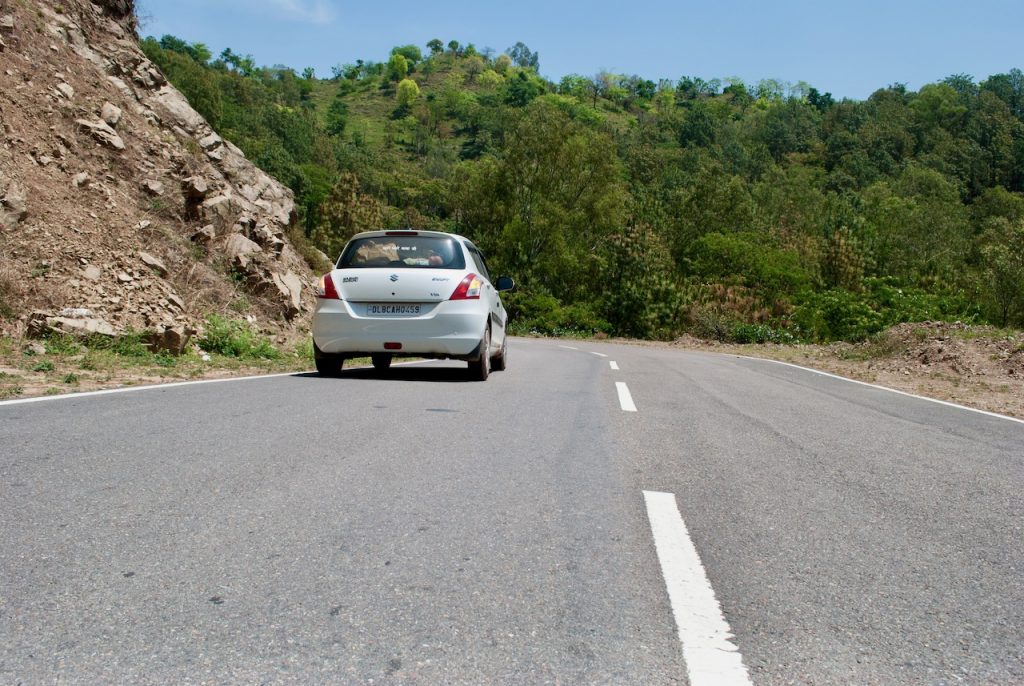
Key Tourist Attractions – Sainj Valley Sightseeing
There is so much that Sainj has to offer. Honestly, there is not a lot of information about the place on the internet. I have tried to include as much detail as possible, and I have linked the blogs I referred for your easy connectivity!
Pundrik Rishi Lake
While the lake is almost dried up due to natural reasons, it stands synonymous with the divinity of the lands and holds religious importance to the local folklore. As the Pundrik Rishi lake is sacred, no one is allowed to touch the water.
Do speak to the locals to understand the history of the place – it will surely make you believe in the mysticism that is attached to the Himalayas. Using a hike can reach the Pundrik Rishi Lake from Dehuri or through Ropa and then through a hike up to the Jheel (the lake). There is a motorable road up to Jhili Neahi, but shared cars can cost a lot of money.
Dehuri (or Deori, Dilvi)
A forest road leads up to these scenic little settlements. The two scenic spots are approachable by the forest road. There is a small lake on the way at Dehuri (also known as Deori), situated at the height of 2051 meters. The terraced corn field adds to the splendor and beauty of the spot.
You should note that there are about three buses (approximately 11 AM, 2 PM, and 6 PM) that run daily from Sainj Village to Dehuri. However, I would highly advise you to hike your way through. There are a bunch of temples in this Devi village. What’s interesting is the vastness of the valley – wherein most Himachali villages cling on to the slopes of the hills, Dehuri enjoys openness and vastness!
Manyashi
Further ahead of the Dehuri village is Manyashi. Easily visible from the Dehuri, Manyashi is even higher up and on a far wider part of the Sainj Valley. Only a short walk from Deori, crossing meadow-like agricultural areas of around 15-20 minutes.
The trail moves on from wheat and barley to apples and cannabis. The village has two wooden towers – temples dedicated to Pundrik Rishi and Janjar, respectively.
Do not forget to check my list of 12 important things to carry on a hiking trip in Himachal.
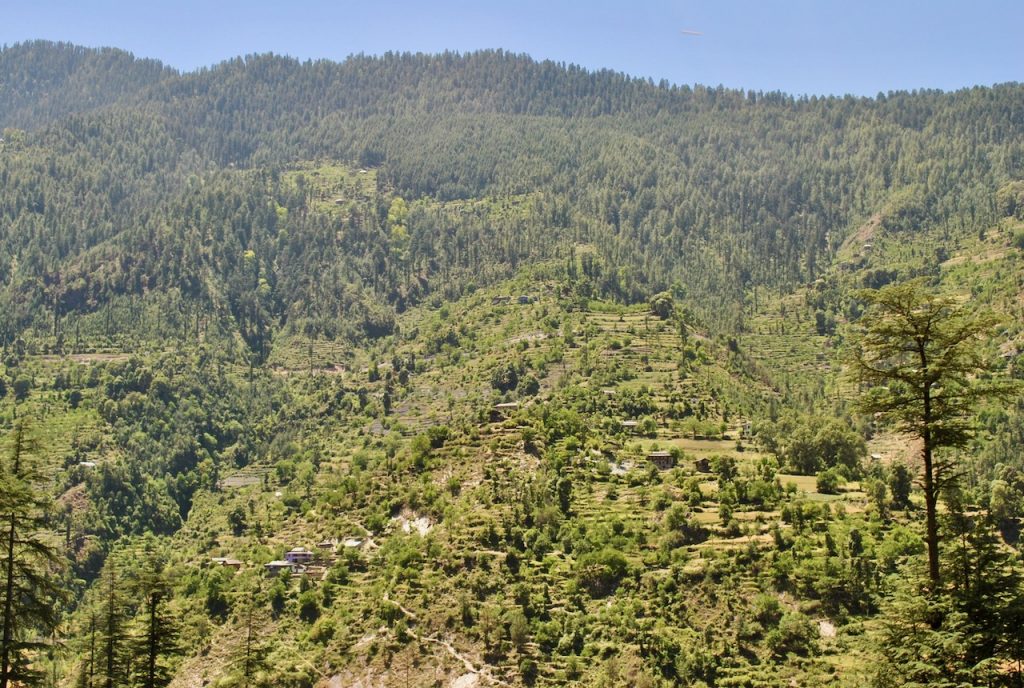
Shenshar
Shenshar is famous for its five-storied ancient pagoda time-temple built around a Deodar tree. The views of the temple will leave you stunned, I guarantee you. Another important spot is the first ancient fort at Taliara built by Thakurs in the 7th Century. Completely untouched by tourism and capitalism, this place will have your heart in a heartbeat. The village has many temples scattered across its periphery.
Shangarh
If there is only one place to choose from the Valley (don’t do that – but, still!), then this is the place to be. Completely immersed in nature, you’ll be hard-pressed to be in a more tranquil spot. There is a comfortable Forest Rest House here as well.
All it takes is a stunning and memorable trek from dense Pine and Deodar forests to reach Shangarh. Bus service from Sainj to Shangarh plies the route at 4 PM. But, I do suggest to hike the way.
Even though the place screams seclusion – such beauty has its admirers, and you’ll be happy to see trekkers, nature lovers around you. Multiple trails lead on from Shangarh.
Further ahead, you’ll reach the meadows of Shangarh. Assumed to be the place where Pandavas spent their exile – the beauty that awaits you is something else. While the trail is moderate, once you reach the lustrous green pasture, you’ll be transported into another dimension altogether.
Panihar
While there is not much to do in Panihar, the views are exceptional. There is a bus that leads you to up Thatibir, and from there, you make hike your way to Panihar. This settlement has a Rest House owned by the H.P Forest department. Spend a day rejuvenating and soaking in the views.

Treks in Sainj Valley
The Great Himalayan National Park is a bonafide trekkers’ paradise. Connecting with nature, experiencing tonnes of flora and fauna, challenging yourself, and being part of nature is all available here!
Given that the park’s lowest altitude is 1700 meters above sea level and it reaches up to 6000 meters above sea level, it makes for the best trekking destinations. There are day treks to longer duration treks reaching up to 9 days. It is highly advisable to have a guide on these treks as Sainj Valley is exceptionally offbeat and help might not be readily available.
Raktisar Trek
This trek keeps you along the riverbanks, right up till the source. While, it is a longer duration trek, taking around 7-8 days, it affords you plenty of opportunities to enjoy the eco-system of the park. En route, you will witness the Dhel meadows, which is a symphony of colors. There’s a route that cuts off from Dhel and leads you to Tirthan Valley. With glacial views all around, the best time to do this trek is April –June or October and November.
Jiwa Nala Trek
Falling firmly between the moderate-difficult zone, the Jiwa Nala trek is eight days long and takes you through dense forests, alpine lakes, and mountain streams. The views of snow-capped mountains are not for the novices and require prior experience in dealing with high altitude.
The trek has two major passes – Kandi Galu at 3,700 meters, Phangchi Galu at 4,700 meters. You’ll also be crossing through steep gorges along with tamer meadows to lead you up to Sarthu Pond! The best time to do the trek is April –May months or September-October. The trek requires a permit that you can get at Sainj Village, GHNP Office.
Lapah – Shumga Trek
This Trek will take you around 5-6 days and takes you to the highest altitude of 12,500 Ft, where you’ll be covering 30 km. Beginning from Shangarh, you’ll start your journey in green meadows, slowly gaining height and into dense forests. There is a well-marked trail up to the Lapah camp, and the route further ahead is a mixture of defined trails and walking in jungles.
Thus, it is immensely important to have a guide accompanying you. Ahead of Lapah, you’ll come across a peaceful lake – Sara, which will be your base camp for your journey towards Shumga. It is a gorgeous setup, and the night skies along every camp are stunning.
Sarikanda Thach
A high altitude meadow, Sarikanda Thach will take you several hours to reach from Neahi. It is a day trek that is easy-moderate, and the views at the end are soul-satisfying. You can even camp here, remember to carry your gear.

Other things to do near Shangarh Village
As if the above wasn’t enough – there is something for everyone here at Sainj. Both Tirthan Valley and Banjar Valley are pretty nearby, and you can easily include them in your trip to Shangarh. If trekking and exploring new places is not your thing and you need a relaxing experience, then:
Relax in Sainj Valley
Villagers will open up their homes and lives for you with a warm smile and hospitality you won’t forget. While there aren’t any hotels where you can stay – but what truly makes this unique location a paradise is the beauty of nature and people.
I have believed for the longest time that living in beautiful, picturesque places calms the soul – Sainj is the perfect example. Also, don’t miss out on interacting with the locals, even if you’re putting up in the Rest House – they have tales to tell. And a bonus, they will feed you amazing local cuisine. Of course, it is an offbeat destination in Himachal but some honeymooners may be interested in offbeat location rather than choosing a luxurious one.
Interact with the locals
The Sainj valley not just provides scenic beauty to have you in the moment fully, but it also offers its heart. The local people and the breathtaking beauty of this place will hold you captive forever. So, don’t miss out on this experience of a lifetime.
Where to stay in Shangarh or Sainj
Minimal options are available as the place is just at the precipice of gaining popularity. There is a Forest Rest House Ropa in Sainj, which has basic amenities, but the views are mesmerizing. Located right on the banks of Sainj River, this place as five deluxe rooms along with two dormitories. The food is simple but delicious. Charges are INR 500/night for Indian Nationals and INR 750/night for Foreigners.
Other than this, if you’re visiting secluded villages, homestays are your best bet! Villagers are friendly and happy to help. Lastly, go out camping underneath a blanket of stars for the most nature-centric experience. The best place to be situated is Jhili Neahi & Upper Neahi Village.
You should always carry your water bottle and refill it as many times as you need water. It will not only keep you hydrated always, but you will also help in saving the Himalayas from plastic garbage. Remember, every tiny step counts and your step in this direction can help save the Himalayas too !! 🙂 🙂
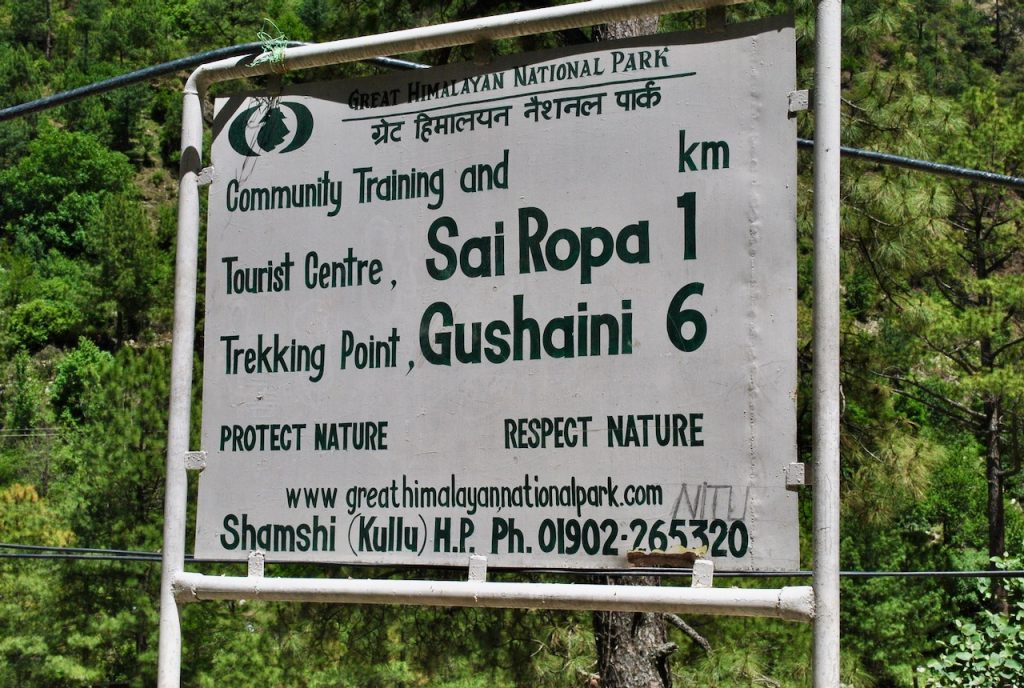
FAQs about Sainj Valley
<strong>Is there phone connectivity in the Sainj Valley?</strong>
In the lower villages, you might be able to get intermittent connectivity. Shangarh, Dehuri, Upper Neahi all have some connectivity. However other places do not have any phone connectivity.
<strong>Where are the petrol pumps available in Sainj Village?</strong>
There’s a petrol pump available at Larji, after crossing Aut. Fill up your tanks for the remainder of your journey here. It is located around 25 minutes away from Sainj Village.
<strong>Is it safe to travel to Shangarh for solo female travelers?</strong>
Sainj Valley is very safe for solo travel for both men and women. However, one should always be aware of their surroundings and be careful of any miscreants – which is a common occurrence everywhere. But, overall, the entire Sainj Valley including Shangarh is a quaint little place with not much to worry about.
<strong>Is it safe to travel to Shangarh for solo female travelers?</strong>
Sainj Valley is very safe for solo travel for both men and women. However, one should always be aware of their surroundings and be careful of any miscreants – which is a common occurrence everywhere. But, overall, the entire Sainj Valley including Shangarh is a quaint little place with not much to worry about.
<strong>What medical facilities are available in the Sainj Valley?</strong>
At Sainj Village, you’ll come across a Government Hospital and a Health center that can take care of your basic needs.
<strong>Are there any ATMs in the Sainj Valley?</strong>
Yes, there is an HDFC ATM at Sainj Village. However, if you’re venturing out into the wilderness, of course, it won’t be an option.
<strong>Do you suffer from AMS in the Sainj Valley?</strong>
If you’re trekking deep in the Great Himalayan National Park; you’ll be heading to higher altitudes. AMS can happen at such altitudes. Here, it is crucial to be diligent and aware of your body. Traveling to higher altitudes requires acclimatization. You should not be climbing more than 1000 meters a day without letting your body adjust for 24 hours.
<strong>Do I need a permit to visit Sainj Valley?</strong>
Certain areas require a permit, such as the Jiwa Nala Trek. However, you do not need any other permit to visit Sainj Valley.
<strong>Do I need a guide for treks in Sainj Valley?</strong>
Yes. Don’t venture out with guides who know the place. The area is exceptionally secluded, and trails are often not very well defined. Also, the number of trekkers in this area is also very minimal.
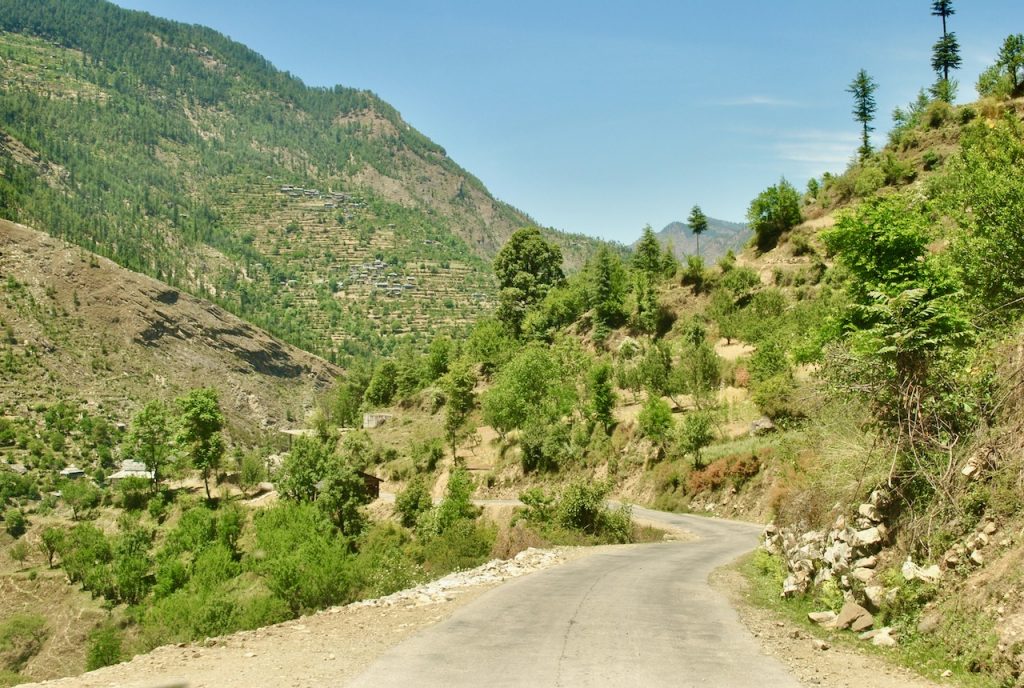
Conclusion
Sainj is an untouched wonder, waiting to be explored. It is one of those places that will truly reconnect you with nature, with yourself, and with the meaning in life. It reinforces your belief in humanity and provides you enough daydreaming adventures for years to come.
Have a travel question?? You can subscribe to my YouTube channel and leave a comment to ask your travel questions on traveling to the Himalayas.
Have you been to Sainj Valley before? If so, how was your experience? Are there any places that we have missed out in this travel guide of Sainj Valley? Comment below and share your journeys with us. Also, if there are other places you’d like us to cover – let us know!
Happy traveling!





